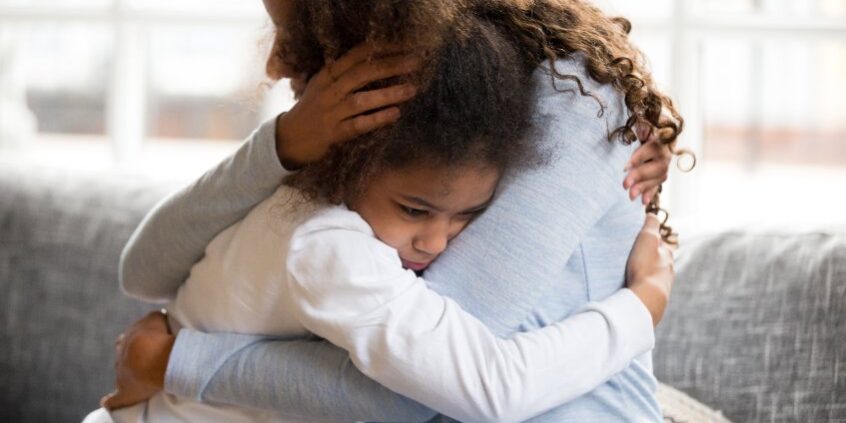Myth: Domestic violence affects only a small percentage of the population.
Fact: One in four women has experienced intimate partner violence in her lifetime (women account for 85% of the victims of intimate partner violence, men for approximately 15%). Estimates range to up to 3 million women who are physically abused by their husband or boyfriend per year. On average, more than three women and one man are murdered by their partner in this country every day.
Myth: Abusers use violence because they get so angry that they are out of control.
Fact: Abusers who violate their partners do not usually violate other people with whom they associate. If domestic violence reflected solely a mental illness, or inability to control oneself, then it is highly unlikely that the same target would be singled out time after time. Abusers tend not to behave in public as they do at home. For example, most abusers do not abuse their boss when they become angry in the workplace, but will abuse their spouse when they get home. Violence is not an uncontrollable act.
Myth: Domestic violence occurs only in low-income, uneducated, and minority populations.
Fact: Intimate partner violence occurs among all types of families, regardless of income, profession, region, ethnicity, educational level or race. That low-income people are over-represented in calls to police, shelters and social services may be due to a lack of other resources at their disposal.
Myth: Drugs and alcohol causes domestic violence.
Fact: While there is a correlation between drug and alcohol use and perpetration of domestic violence, batterers tend to use drugs and alcohol as an excuse for loss of control and for violence itself.
Myth: Domestic violence incidents are isolated occurrences.
Fact: Domestic violence is a pattern of coercive behavior aimed at gaining and then maintaining power and control over an intimate partner. The pattern is often described as a cycle, and because with each episode, the seriousness of abuse escalates, the pattern can also be well-described as a spiral. Domestic violence progresses from tension building, escalates to abuse, proceeds to honeymoon, then back to the buildup of tension.
Myth: The victim can always leave.
Fact: The period after a survivor leaves or expresses their intention to leave is the most lethal for them. Seventy-five percent of the homicides and serious assaults occur during this time. This is a powerful deterrent to leaving. Often a person who leaves is tracked by their abuser and threatened with harm if they do not return. The nature of domestic violence encourages conditions that keep a person economically dependent and socially isolated.
Domestic violence affects every member of a family. Children who witness incidents of domestic violence between their parents are at the greatest risk for becoming victims of violence themselves during teenage and young adult romantic relationships. Children who live in violent homes may experience some of the following feelings:
- Powerless because they can’t stop the violence.
- Confused because it doesn’t make sense.
- Angry because it shouldn’t be happening.
- Guilty because they think they’ve done something wrong.
- Afraid because they may be hurt, they may lose someone they love, others may find out.
- Alone because they think it’s happening only to them.
Children may react immediately to the violence they witness; however, some will have a delayed response. Children who grow up in an abusive home are more likely to have cognitive delays in school and are more likely to drop out and they are more likely to experience emotional problems.
PROTECTING YOUR CHILDREN
It is important to help your children find ways to stay safe and get help if violence is happening at home. Safety plan with them by:
- Teaching them not to get in the middle of a fight, even if they want to help.
- Teaching them how to get to safety, to call 9-1-1, to give your address and phone number to the police.
- Teaching them who to call for help.
- Giving school officials a copy of your court order; tell them not to release your children to anyone without talking to you first; use a password so they can be sure it is you on the phone; give them a photo of the abuser.



